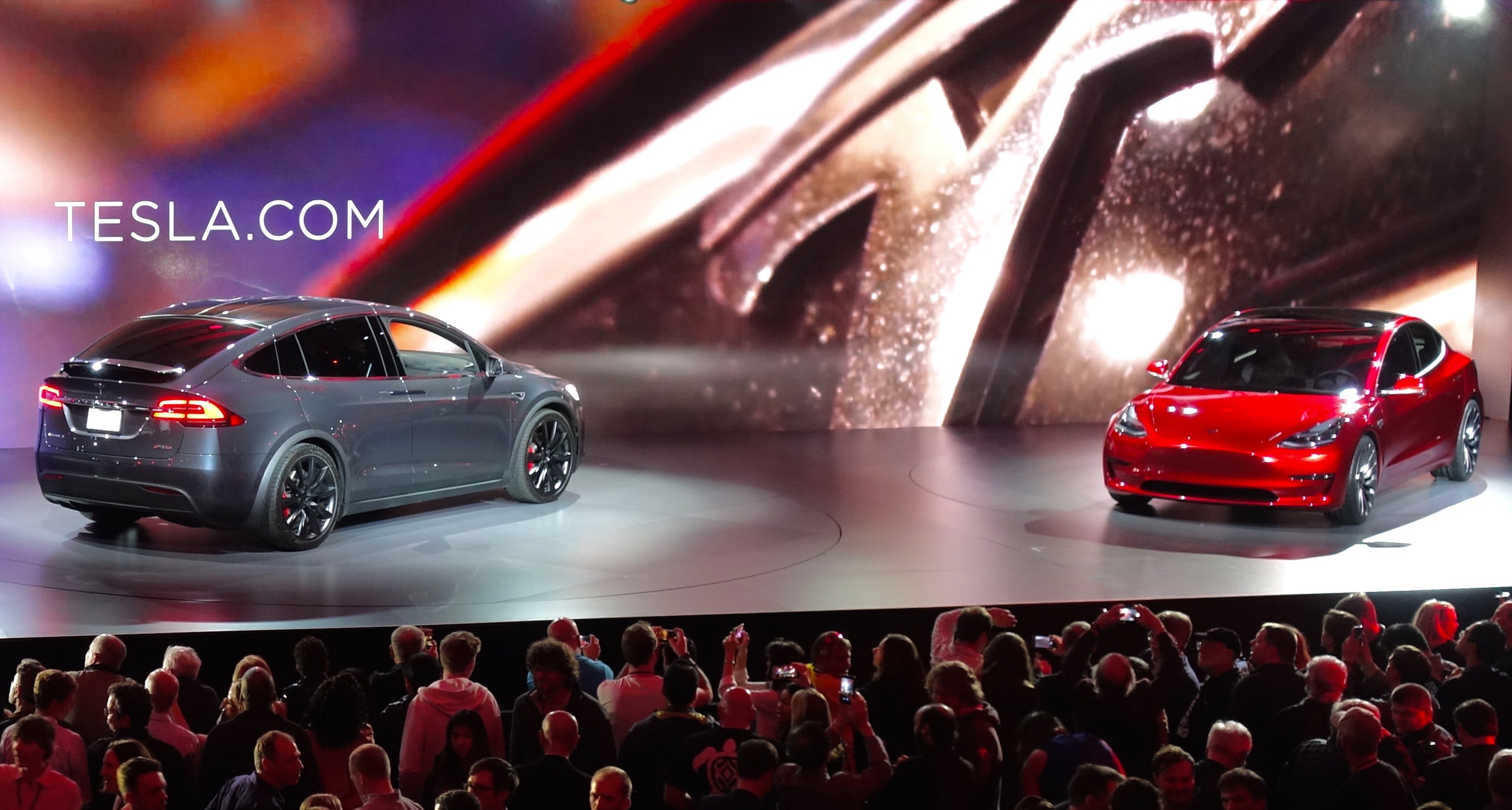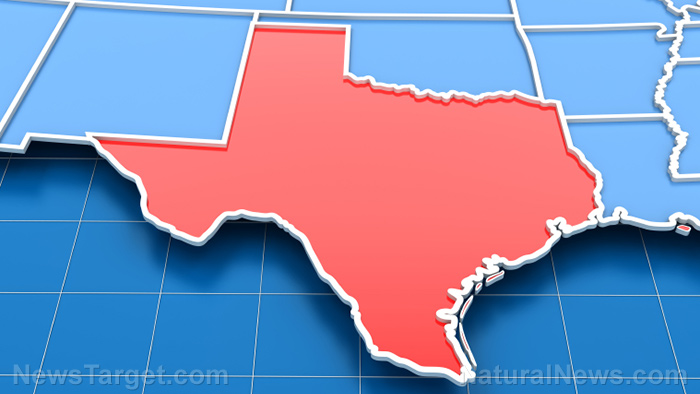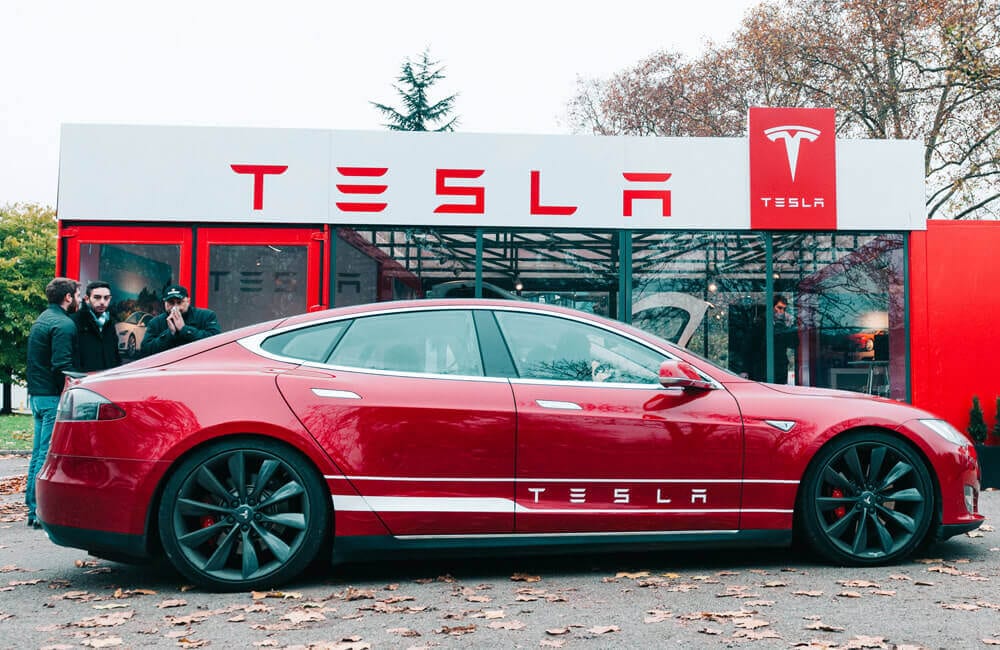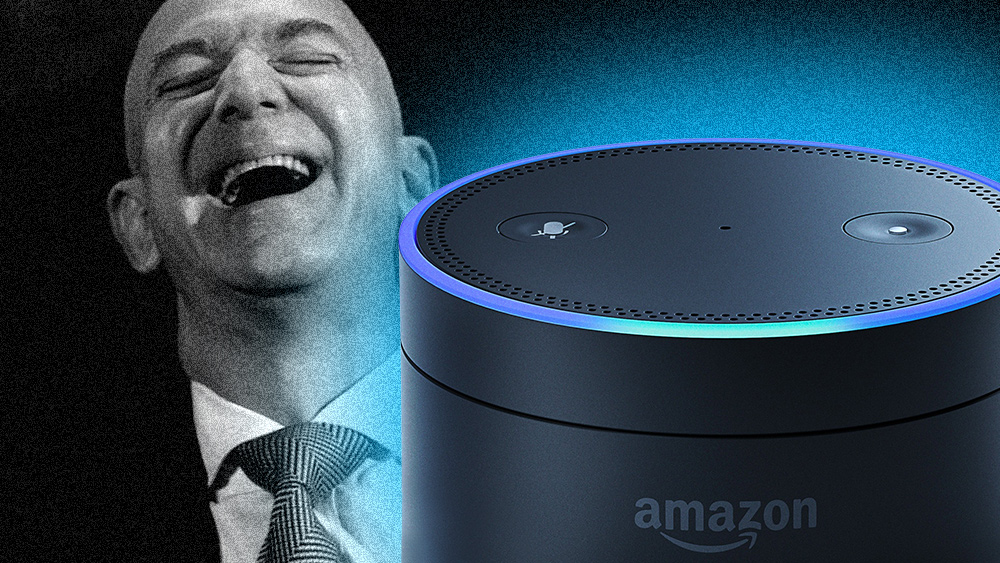Second victim in fiery Tesla car crash identified
04/24/2021 / By Nolan Barton
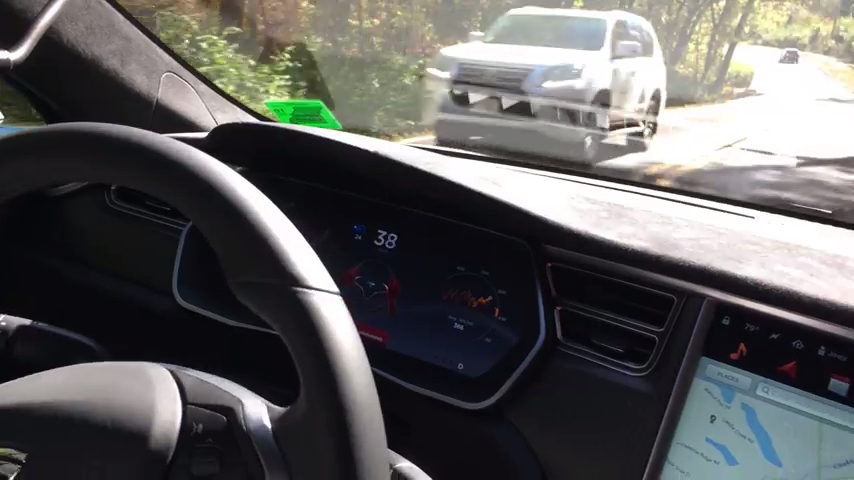
The second victim in the fiery Tesla car crash north of Houston on April 17 has been identified by the Harris County Institute of Forensic Sciences as Everette Talbot, 69.
Talbot was killed in the crash along with 59-year-old Dr. William Varner of The Woodlands, Texas – the car’s owner. Talbot’s spouse was the person notified after the wreck, according to records.
The crash happened at 11:25 p.m. Saturday, April 17, in the Carlton Woods subdivision near The Woodlands. The vehicle, a 2019 Model S, was moving at high speed around a curve when it veered off the road and hit a tree near 18 Hammock Dunes Place. The car immediately burst into flames. (Related: TESLA TERMINATOR: Tesla car autopilot veers off highway, crashes into road signs as driver locked out of all controls.)
Authorities found the bodies of two men in the burning Tesla – one in the front passenger seat and another one in the back seat.
According to Harris County Precinct 4 Constable Mark Herman, evidence from the scene and interviews with witnesses clearly showed that neither of the men were driving the electric car when the accident happened. “We have witness statements from people that said they left to test drive the vehicle without a driver and to show the friend how it can drive itself,” Herman said.
Dr. Varner’s brother-in-law confirmed that there were only two passengers in the car and that the car owner was found in the back seat.
Search warrant issued to secure data from Tesla
The police had issued a search warrant for Tesla to secure data about the crash after Tesla CEO Elon Musk tweeted Monday, April 19, that recovered data logs showed the vehicle did not have Autopilot enabled.
“If he is tweeting that out, if he has already pulled the data, he hasn’t told us that,” Herman told Reuters. “We will eagerly wait for that data.”
Tesla’s Autopilot is a driver assistance system that handles some driving tasks and allows drivers to take their hands off the steering wheel at times. But Tesla says that Autopilot still requires “active driver supervision and do not make the vehicle autonomous.” (Related: Don’t take your hands off the wheel: Tesla’s autosteer actually INCREASES risk of crashes; previous findings were “misinterpreted.”)
In his tweet, Musk rejected the idea that the vehicle’s semi-automated driving software was to blame in the car crash.
“Data logs recovered so far show Autopilot was not enabled & this car did not purchase FSD,” he wrote. FSD refers to Full Self-Driving, an enhanced semi-automated driving technology using Autopilot that Tesla is beta testing.
Musk added that “standard Autopilot would require lane lines to turn on,” which the street where the accident happened did not have. Musk was referring to road markers that need to be captured by a vehicle’s cameras to enable the Autopilot.
Tesla has access to operational and diagnostic data delivered to its servers at regular intervals from the car, which has been impounded by police. It is unclear whether investigators will be able to retrieve data directly from the event data recorder in the severely burned vehicle.
Just hours before the crash, Musk boasted in a tweet that “Tesla with Autopilot engaged is now approaching 10 times lower chance of accident than average vehicle.”
Federal agencies look into the cause of wreck
The National Transportation Safety Board (NTSB) and the National Highway Traffic Safety Administration (NHTSA) are both looking into the cause of the wreck.
The NTSB sent two investigators to Texas on Monday, April 19, to focus on the vehicle’s operation and the fire that followed the crash. In past Tesla crashes, investigators used the vehicle’s car log to determine the second-by-second actions before the crash, including details like the speed, distance and whether or not specialty systems, like autosteer, were initiated.
According to NTSB, it could take up to two years before the full investigation is complete, although a preliminary report could be released in as quickly as 30 days.
28th Tesla accident to be investigated by NHTSA
Meanwhile, the NHTSA has launched a Special Crash Investigation team to investigate the crash. “We are actively engaged with local law enforcement and Tesla to learn more about the details of the crash and will take appropriate steps when we have more information.” the NHTSA said in a statement.
The crash is the 28th Tesla accident to be investigated by the NHTSA. The federal agency told Reuters last month that it had opened 27 special investigations, 23 of which are still active, into crashes of Tesla vehicles believed to have been tied to Autopilot use. (Related: Tesla vehicles are now committing homicide on the streets of America. Why isn’t the corporation being held responsible?)
Some of the recent cases the NHTSA is investigating include the February crash near Houston in which a Tesla ran into a stopped police vehicle on a highway. It was not clear whether the driver was using Autopilot.
Another recent incident happened in Detroit where a Tesla drove beneath a tractor-trailer that was crossing the road, seriously injuring the driver and the passenger of the car. Investigators have not said whether the driver had turned on Autopilot.
Follow ElonMuskWatch.com for more news and information related to Elon Musk and his businesses.
Sources include:
Tagged Under: automatic pilot, autopilot, car crash, driver assistance system, driver supervision, electric vehicle, Elon Musk, event data recorder, Full Self-Driving, lithium-ion battery, robocars, self-driving car, semi-automated driving software, tesla, Tesla car crash
RECENT NEWS & ARTICLES
COPYRIGHT © 2017 ELON MUSK WATCH

